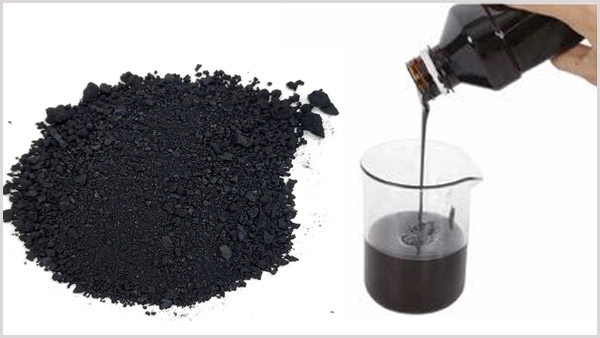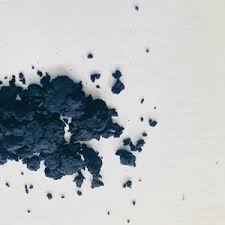light indigo color company


In addition to its historical significance, indigo has seen a resurgence in modern fashion, appealing to conscious consumers for its sustainability aspects. Brands both domestically and internationally are recognizing the demand for eco-friendly practices, with indigo standing at the forefront as a natural, biodegradable alternative to synthetic dyes. Japanese indigo artisans are celebrated for maintaining environmentally friendly techniques, ensuring that the legacy of aizome can be enjoyed by future generations without compromising the planet's health. The relevance of Japanese indigo extends beyond textiles. Its influence is evident in various facets of Japanese culture, from the iconic indigo-dyed kimonos and tenugui cloths to contemporary applications in furniture and interior design. This adaptability showcases not only the versatility of indigo as a color and a dye but also its cultural significance as a symbol of craftsmanship and heritage. Lastly, the trustworthiness of this age-old craft lies in the authenticity and devotion of Japanese indigo artisans. Many workshops are family-run entities, with skills and knowledge passed down through generations. This personal connection to the craft infuses each piece with a story, turning every indigo-dyed item into a narrative of legacy and artistry. In summary, indigo in Japan is much more than a color or a dye—it is a journey into the annals of history, an exploration of meticulous craftsmanship, and a beacon of sustainable fashion. For those seeking a deep and engaging experience within Japan, diving into the world of aizome offers not only a tactile adventure but also a connection to a rich cultural tapestry that transcends time.
-
Innovating Bromo Indigo Excellence
NewsAug.23,2025
-
Pioneering Indigo Plant Dye Excellence
NewsAug.23,2025
-
Leading Sulphur Black Dyes Enterprise
NewsAug.23,2025
-
Sulphur Black Dyes Light Resistance
NewsAug.23,2025
-
Indigo Blue Granular Industrial Uses
NewsAug.23,2025
-
Bromo Indigo Synthetic Production Process
NewsAug.23,2025
-
The Timeless Art of Denim Indigo Dye
NewsJul.01,2025

Sulphur Black
1.Name: sulphur black; Sulfur Black; Sulphur Black 1;
2.Structure formula:
3.Molecule formula: C6H4N2O5
4.CAS No.: 1326-82-5
5.HS code: 32041911
6.Product specification:Appearance:black phosphorus flakes; black liquid

Bromo Indigo; Vat Bromo-Indigo; C.I.Vat Blue 5
1.Name: Bromo indigo; Vat bromo-indigo; C.I.Vat blue 5;
2.Structure formula:
3.Molecule formula: C16H6Br4N2O2
4.CAS No.: 2475-31-2
5.HS code: 3204151000 6.Major usage and instruction: Be mainly used to dye cotton fabrics.

Indigo Blue Vat Blue
1.Name: indigo blue,vat blue 1,
2.Structure formula:
3.Molecule formula: C16H10N2O2
4.. CAS No.: 482-89-3
5.Molecule weight: 262.62
6.HS code: 3204151000
7.Major usage and instruction: Be mainly used to dye cotton fabrics.

